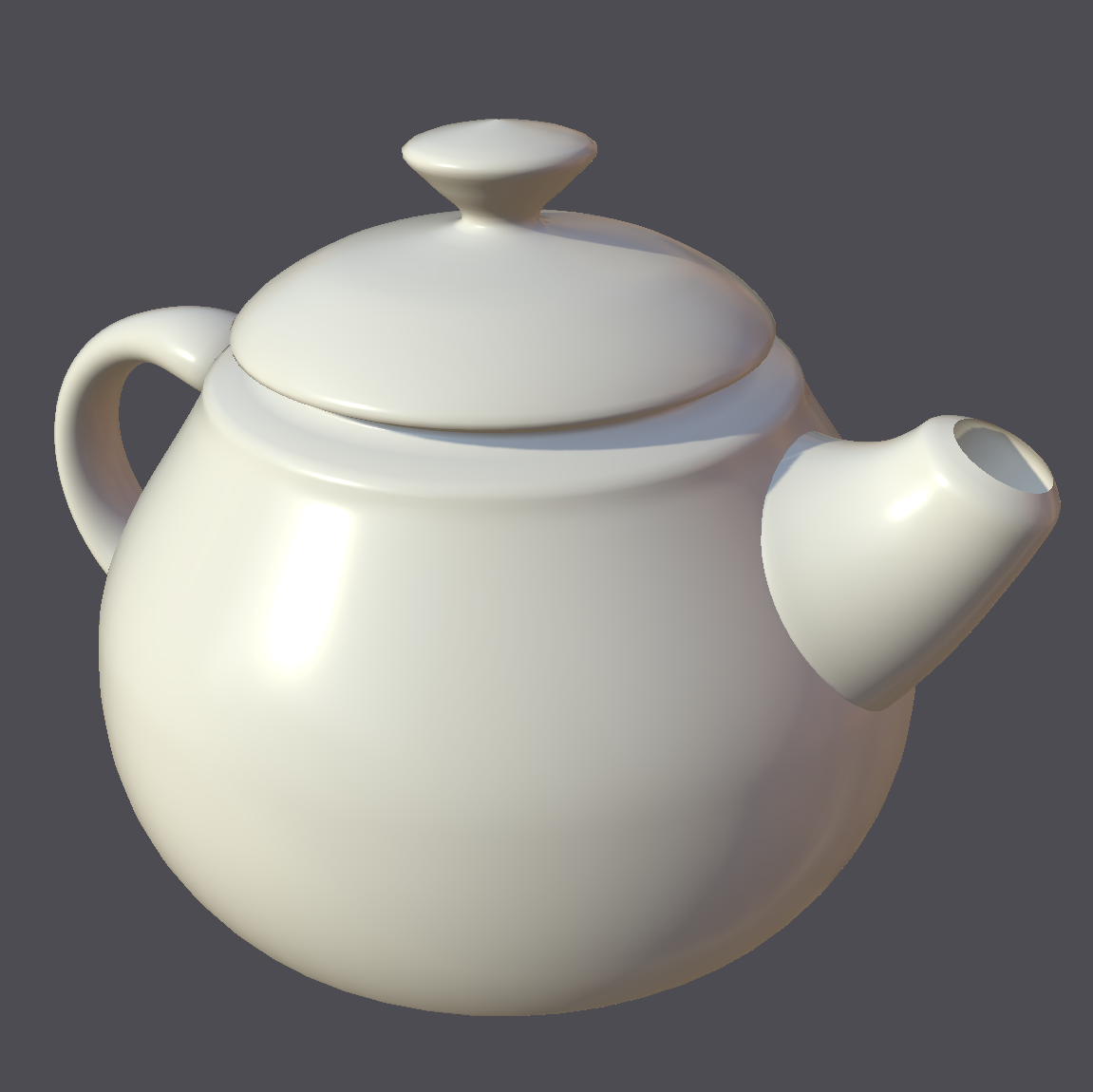Node Library User Guide
Library information is organized into various node groups with associated node definitions.
Shown here is an interactive "template" of the 'card UI' used to display node definition information. Attributes are shown as rows. Various definition information can be shown/hidden by clicking the section tabs ( / )
Within the card template below are explanations for how to read attribute values and what their usage is. These can be found within the colored boxes
For brevity, only essential API calls shown in the template. Otherwise the attribute names used indicate which attribute is examined. Also, only the non-inherited inputs and outputs are shown per node definition.
Category Section
For each category ('node' attribute) one or more implementations may be shown. In this template only one is shown.
Definition Name: 'name'
Definition Section
For each definition one or more reference images may be shown in the order that the outputs are listed.

Type
Node Group
Version 'version' ( 'isdefault' ) Inherits From
Description:
Code / Node Graph Implementation Sections
Either code or node graph implementations are displayed depending on the node definition.
'Code implementation' shows which languages are implemented and where the code is stored or generated.
- If it's inlined source code it is shown directly on this page.
- If the code is stored in a file, a link to the file is given
- If the code is generated by a code generator for a given 'target' then 'Via Code Generation' is shown. (e.g. position)
Alternatively, the node graph sections shows the graph for the node definition. The "Draw Graph" button can be selected to draw the graph. Additionally, users can copy the Mermaid graph using 'Copy Graph' to the Graph Visualizer utility to examine, customize, and save as desired.
Code Implementation getImplementation()
Node Graph getImplementation()


Inputs and Outputs Section
Select the input or output buttons to see the differences between input and output attributes.
Parameters: getValueElements()
Set of possible named values for an enumeration shown in open dropdown menus, with string labels on the left and if it exists, any associated numeric value on the right. 'Lama Conductor' 'fresnelMode' input is an example.
Vectors and matrices may have an optional `unit` and `unit` type specified. For example the rotation amount for place2d is specified as an angle in degrees.